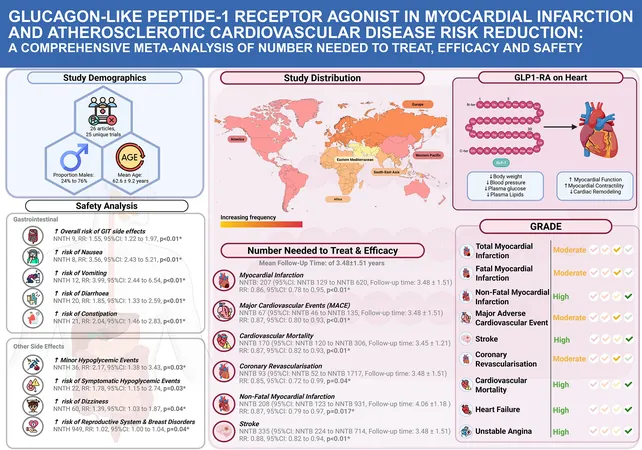
Revolutionary Tool Unveils Hidden Toxic Books at University of St Andrews
2025-06-06
Author: Yu
A Game-Changer for Library Safety
The University of St Andrews has unveiled a groundbreaking tool designed to swiftly identify potentially poisonous books. This innovative device is set to transform how libraries manage health risks associated with toxic pigments historically used in book production.
The Arsenic-Enhanced Green from the Past
In the 19th century, publishers sought a vibrant emerald green hue for book covers by mixing arsenic with copper. Although the immediate risk is deemed low, repeated exposure to arsenic can trigger serious health problems, including eye, nose, and throat irritation, and in severe cases, more dangerous side effects. Toxic pigments can flake off, posing inhalation hazards.
Libraries Take Precautionary Measures
As awareness of these risks grows, many libraries have opted for cautious strategies, isolating entire collections of suspect green books. For instance, last year, the University of Bielefeld along with several German universities quarantined a staggering 60,000 books, highlighting the urgency of the issue.
A Bright Idea Sparks Innovation
Leading the charge in this research, Pilar Gil revealed that inspiration came from a device previously used in Earth Sciences to identify minerals. The breakthrough moment? Discovering a unique light reflectance pattern associated with the emerald green pigment. This led to the development of an accessible tool for practical use across the sector.
Portable Technology for Quick Detection
Teaming up with fellow scientists Graham Bruce and Morgan Facchin from the university's astronomy and physics departments, they crafted a handheld device that rapidly tests for the toxic pigment. "Our tool illuminates the book with different color lights, capturing a unique ‘fingerprint’ of the pigment’s reflectance,” explained Facchin.
Speedy Screens to Ensure Safety
This portable device screens books in mere seconds, already identifying over 100 volumes imbued with the emerald green pigment. Currently, at St Andrews, any emerald green books are secured in Ziploc bags, with strict protocols for handling them to ensure safety.
Balancing Safety with Accessibility
Conservator Erica Kotze emphasized the importance of this initiative, noting that restricting public access to potentially toxic books not only poses safety concerns but also limits access to valuable information. The goal is to preserve knowledge while ensuring that only safe volumes are available for reader use.
Join the Fight Against Toxic Literature!
This cutting-edge development at the University of St Andrews is a significant stride towards ensuring the safety of readers while preserving historical literature—yet another reminder of the hidden dangers that can lurk within the pages of our beloved books.




 Brasil (PT)
Brasil (PT)
 Canada (EN)
Canada (EN)
 Chile (ES)
Chile (ES)
 Česko (CS)
Česko (CS)
 대한민국 (KO)
대한민국 (KO)
 España (ES)
España (ES)
 France (FR)
France (FR)
 Hong Kong (EN)
Hong Kong (EN)
 Italia (IT)
Italia (IT)
 日本 (JA)
日本 (JA)
 Magyarország (HU)
Magyarország (HU)
 Norge (NO)
Norge (NO)
 Polska (PL)
Polska (PL)
 Schweiz (DE)
Schweiz (DE)
 Singapore (EN)
Singapore (EN)
 Sverige (SV)
Sverige (SV)
 Suomi (FI)
Suomi (FI)
 Türkiye (TR)
Türkiye (TR)
 الإمارات العربية المتحدة (AR)
الإمارات العربية المتحدة (AR)